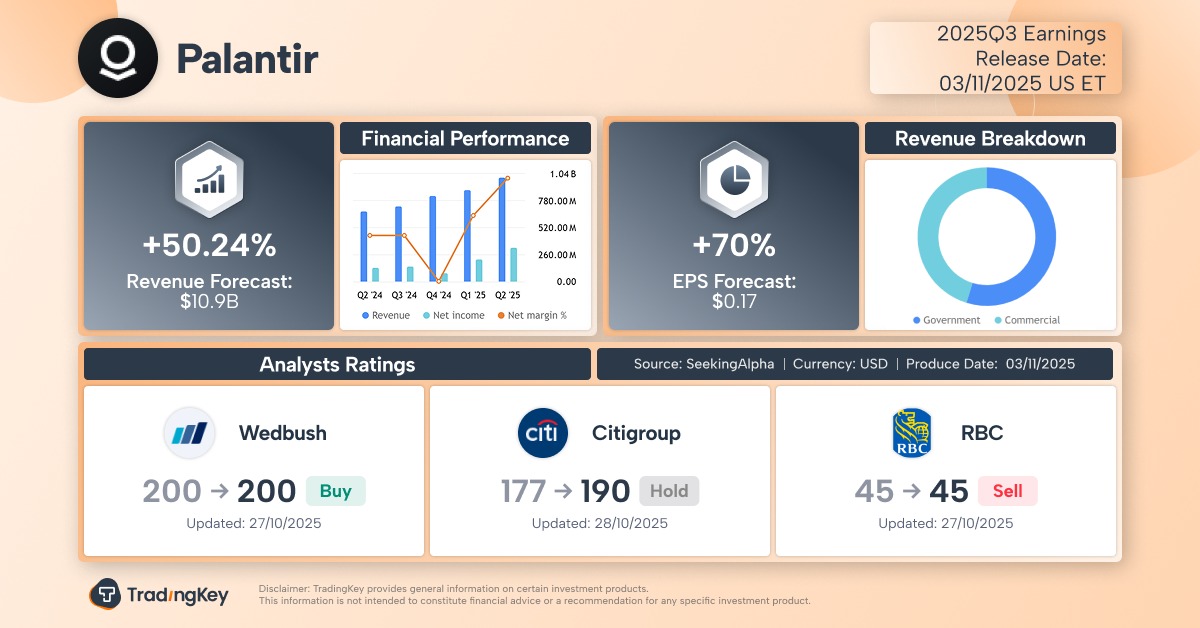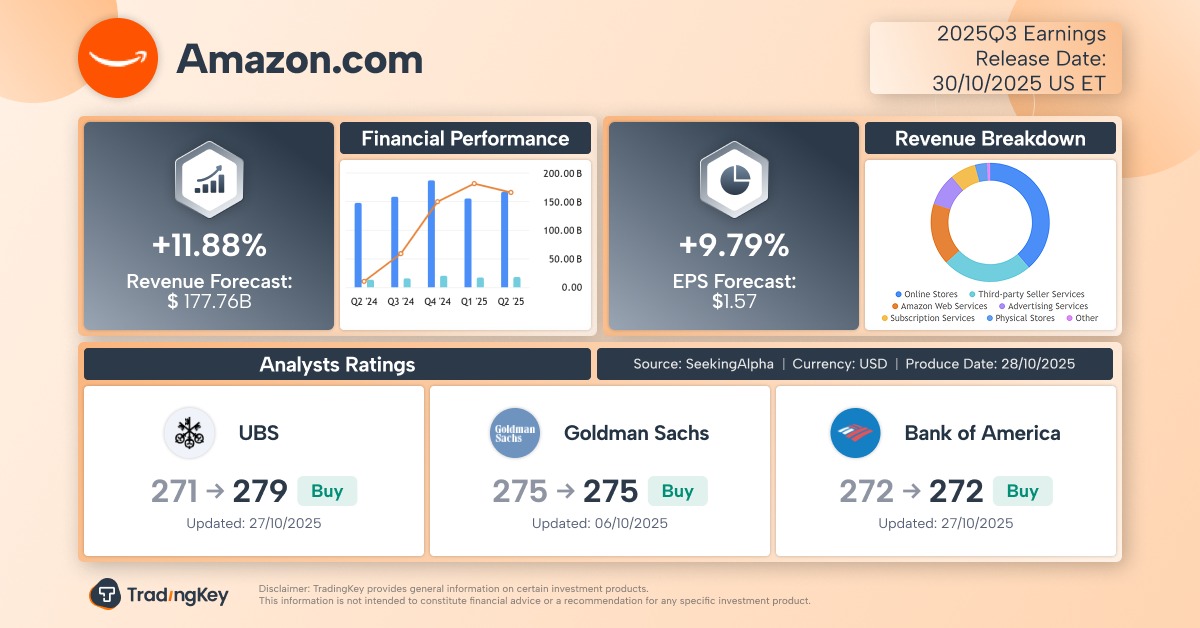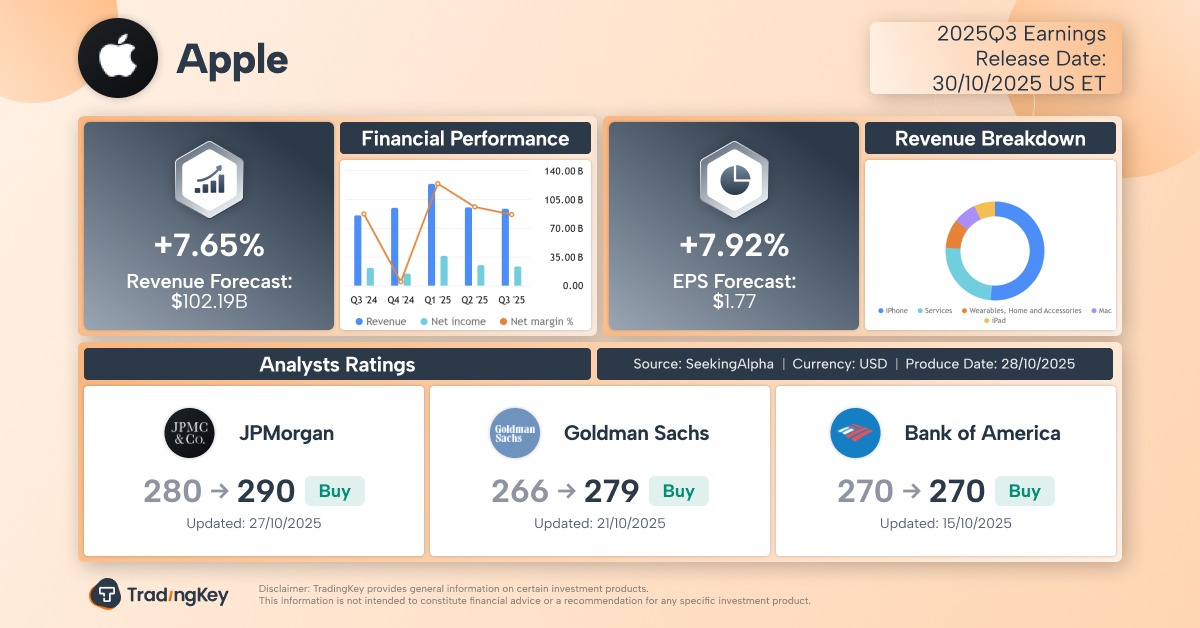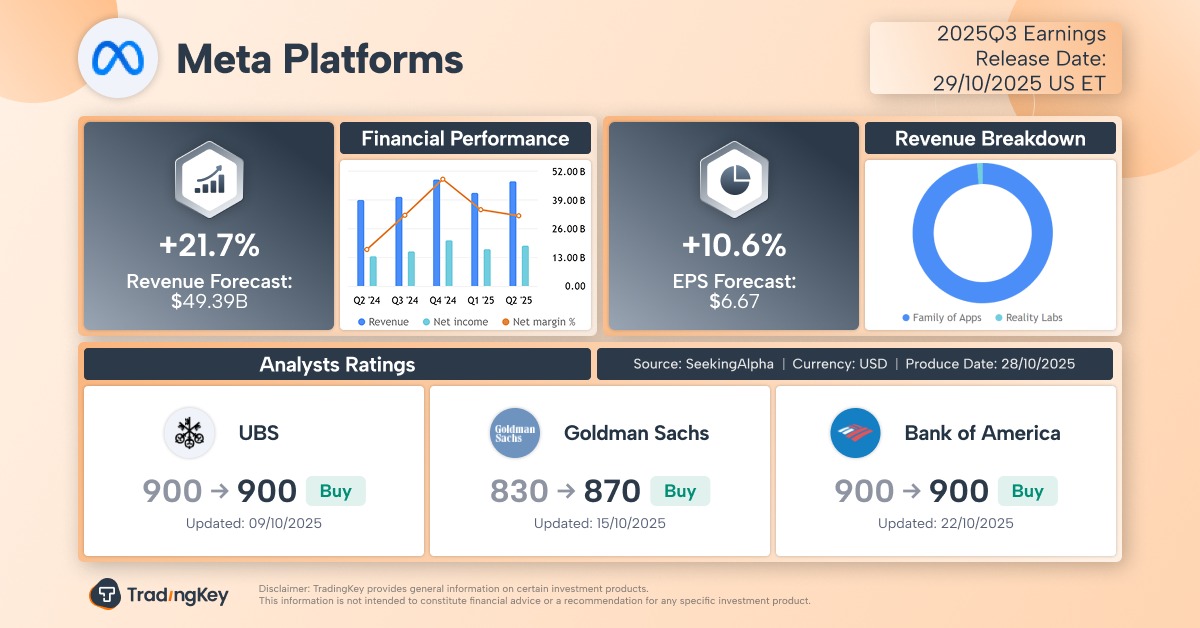U.S.-Vietnam Trade Deal = A Hidden Front in the U.S.-China Trade War? 40% Transshipment Tariff Targets “Made-in-China Goods via Vietnam”

TradingKey - Just weeks after the U.S. and China reached a trade framework agreement in June, the fragile truce appears to be cracking — as the U.S.-Vietnam tariff deal signals a new attempt by Washington to curb Chinese exports indirectly.
On Wednesday, July 3, President Donald Trump announced that the U.S. had finalized a trade agreement with Vietnam, under which:
- The U.S. will impose a 20% tariff on Vietnamese goods
- A much higher 40% tariff will apply to goods from third countries transshipped through Vietnam
- Vietnam will maintain a zero-tariff policy toward U.S. exports
While the 40% transshipment tariff was not explicitly labeled as targeting China, analysts argue that it is clearly aimed at curbing the growing trend of Chinese goods re-entering the U.S. market under a "Vietnamese label."
Strategic Move Against China
HSBC economists noted that the U.S. seems to have a clear strategic motive: to fundamentally restrict Chinese exports from entering the U.S. market through backdoor channels.
In recent years, amid U.S.-China trade tensions and shifting labor cost dynamics, global brands such as Nike and Adidas have moved their manufacturing out of China into Vietnam. Many Chinese firms have also relocated to Vietnam to avoid tariffs and seek lower production costs.
A household fragrance manufacturer said that many small Chinese companies have set up operations in Vietnam — but only to relabel products before exporting them to the U.S.
Data shows that in the first five months of 2025, China’s exports to the U.S. fell 10% year-on-year due to tariffs, while Vietnam’s imports from China rose 28%, and Vietnam’s exports to the U.S. increased by 26%.
Impact on China: More Difficult Transshipment, New Export Strategies
CITIC Securities analysts pointed out that the U.S.-Vietnam tariff agreement has significantly raised the barrier for Chinese goods transiting through Vietnam. Data also suggests that the “transshipment rush” seen since early 2025 has started to slow down since June.
This may accelerate a broader trend among Chinese exporters: building local production and consumption cycles overseas, rather than simply using Vietnam as a re-export hub.







